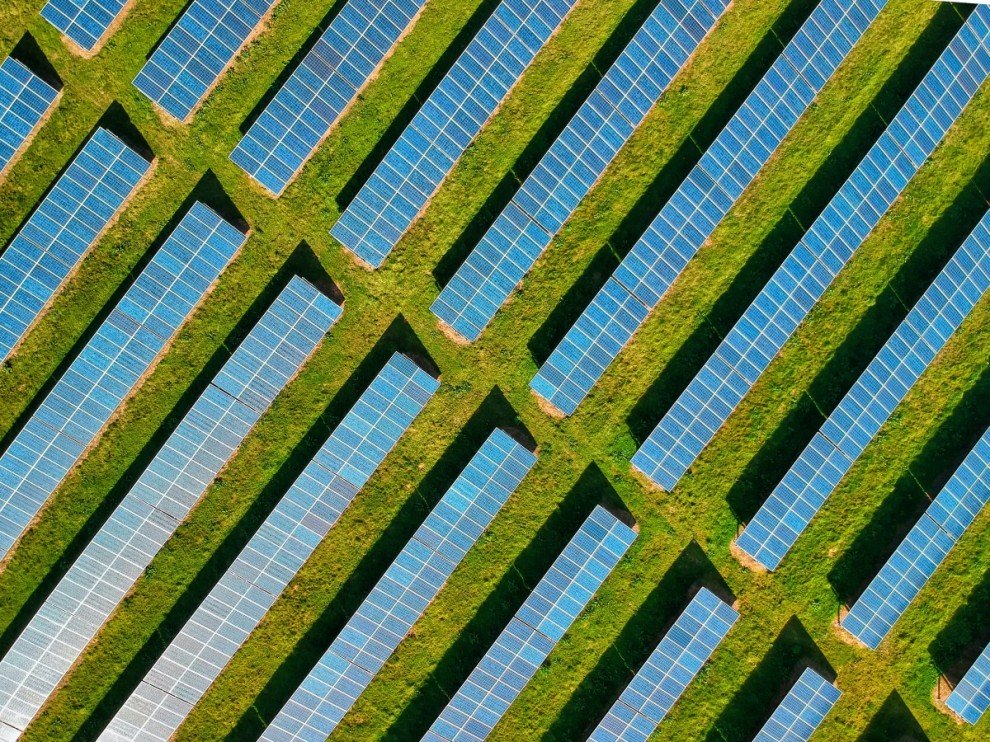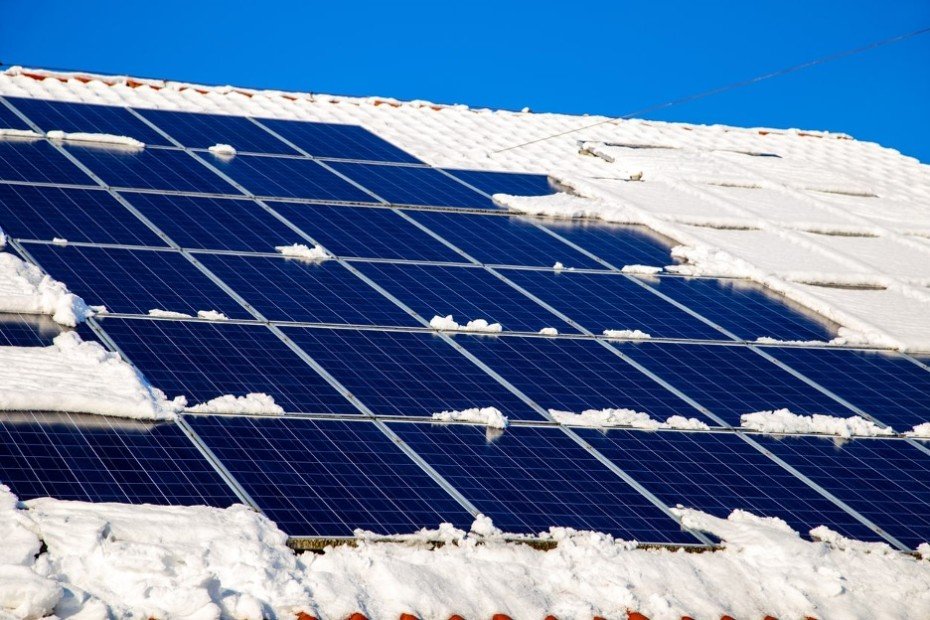Solar Power Energy VS the Elements
How solar panels work in various weather conditions
May 11, 2022

If you own a commercial building in Canada, or anywhere else with changing weather and are thinking about taking the leap into renewable energy, you are probably asking yourself how solar panels would be affected by different weather conditions. Here’s what you need to know about how solar panels work and how different weather conditions may affect them.
How solar panels work
Solar panels are excellent renewable energy solutions that produce electricity using a combination of direct and indirect sunlight as inputs. When the sun shines onto a solar panel, energy from the sunlight is absorbed by the PV (photovoltaic) cells in the panel. This energy creates electrical charges that move in response to an internal electric field in the cell, causing electricity to flow.
The best temperature for solar panel efficiency
Solar panels are generally tested at 25 °C (77 °F) and are rated to perform at peak efficiency between 15 °C and 35 °C. Contrary to popular belief, solar panels absorb energy from the sun’s light, not its heat. Temperature does not affect how much energy a solar panel receives, but it does impact how much power that energy will produce. As solar panels receive more heat, they produce less power from sunlight and become less efficient at producing electricity. Like other electronics, solar panels work more efficiently in cold temperatures, allowing the panels to produce more power, and thus more electricity.
However, a surprisingly large number of people still wonder if solar panels work in the winter.
Can solar panels work in the winter?
The bonus to solar panels in the winter is that cold weather increases their efficiency. Solar panel efficiency is significantly higher at -25 degrees Celsius than at +45 degrees Celsius. Solar panels will only stop functioning if they are completely covered in snow, otherwise, their performance is not affected.

Bifacial solar modules
When it comes to snowy conditions, bifacial solar modules offer many advantages over traditional solar panels. Unlike traditional PV solar panels, bifacial modules produce solar power from both sides of the panel. Additionally, the snow’s reflectiveness plays well with bifacial solar modules. These double-glass solar modules have solar cells on the front and back of each panel. The transparency offered by the double glass allows the sun to shine through, reflect off the surface beneath it, and reach solar cells on the back of the module. Ultimately, the process of clearing snow is much easier on a bifacial module vs. traditional PV solar panels for one simple reason: as the sun’s rays shine through the panel, the snow acts as a reflector and sends the sunlight to the solar cells on the back of the module which helps the snow melt off faster.
Do solar panels work in cloudy or rainy weather?
Though solar panels can work on cloudy and rainy days, they may not always perform at their best. Their efficiency depends on the level of cloud coverage. Anything that blocks sunlight from solar panels can reduce their power production, including clouds, fog, and shade from trees. However, solar panels can still receive sunlight on cloudy days. Clouds block some of the sun’s rays, but not all of them. On cloudy or rainy days, photovoltaic panels can produce anywhere between 10-25% of their optimal capacity. The exact amount will vary depending on how dark and heavy the rain and cloud coverage is overhead. It is interesting to note that rain does help your solar panels operate more efficiently after the storm because the water washes away any dirt, dust, or pollen. Though your solar power system may store less energy when it rains, it will clean your panel surfaces and relieve you of this maintenance task.
Effect of wind on solar panels
In general, solar panels hold up well in windy conditions as they are highly resistant to damage. However, if you live in an environment with extreme wind, you should take this into account when installing solar PV panels. The wind subjects the solar PV modules and the PV mounting system to excessive force, and the wind load influences how close the solar PV panels must be mounted to the edges of the roof. The higher the wind load, the larger the distance to the roof edge should be chosen. On the other hand, wind can help increase solar panels’ energy production by keeping them cool and reducing humidity. The wind cools solar panels the same way it refreshes us on a hot day. Wind won’t significantly affect a solar panel’s power efficiency, but it will make a minor difference that adds up over time.
Most solar panels are extremely weather-resistant if installed properly and adequately maintained. While solar panels are not invincible, they have proven their durability in various extreme weather conditions. To make sure your solar investment lasts for decades, partner with an experienced and reputable contractor that uses quality parts.

